The role of food in different religions
Food is important in all five of the world religions. Each religion has its own traditions, and there are strict rules around what is allowed or not. For many families, it is important to pass on these traditions and rules to their children. Food plays an important role both in everyday life and celebrations, but particularly during religious holidays. What food traditions does the religion you belong to have?

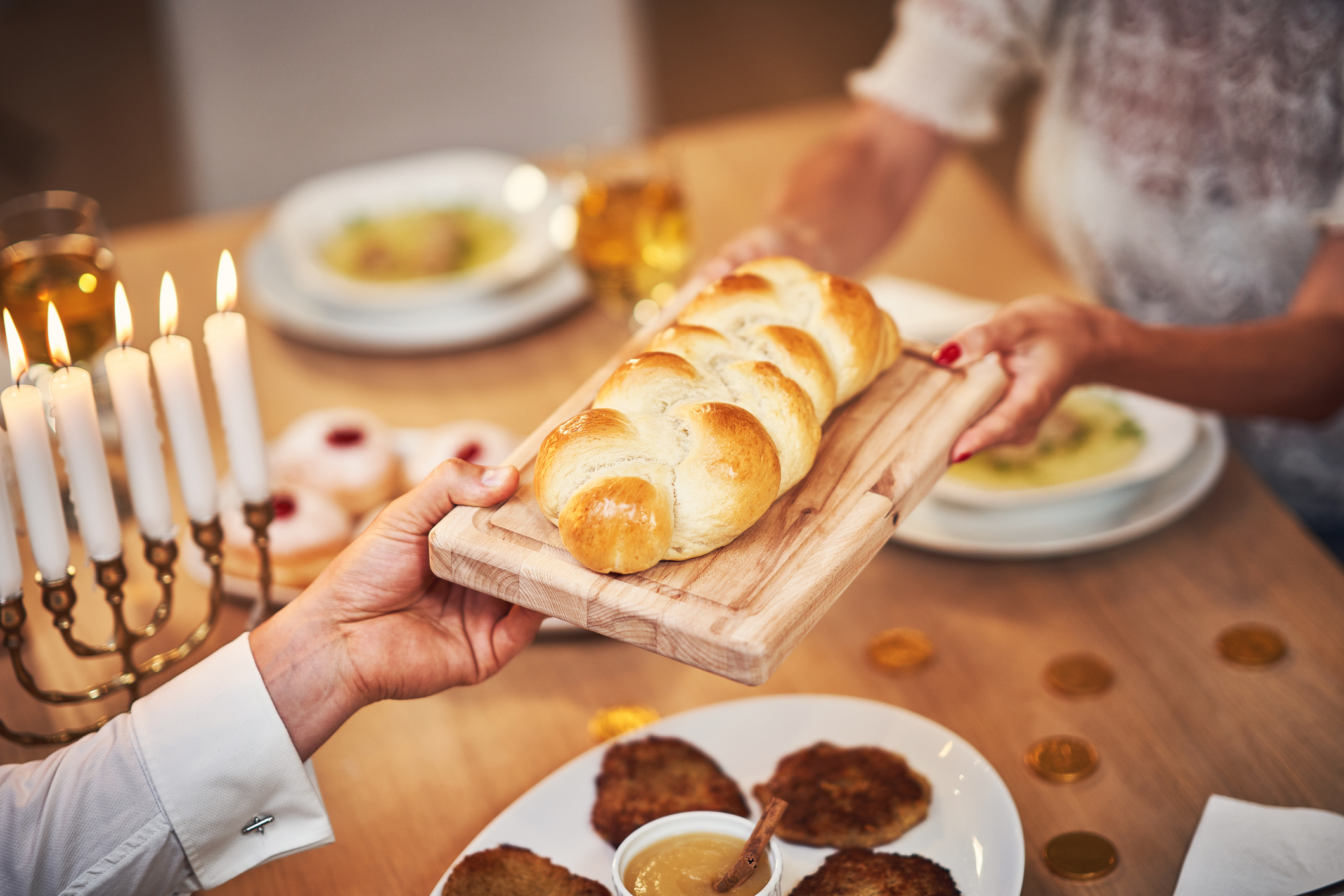
Religion and food
Knowledge of food cultures in different countries and knowledge of religious dietary needs is necessary in order to be able to cook good food for everyone.
Food cultures vary from country to country, but can also vary from region to region. This also applies to different rules and traditions within different religions.
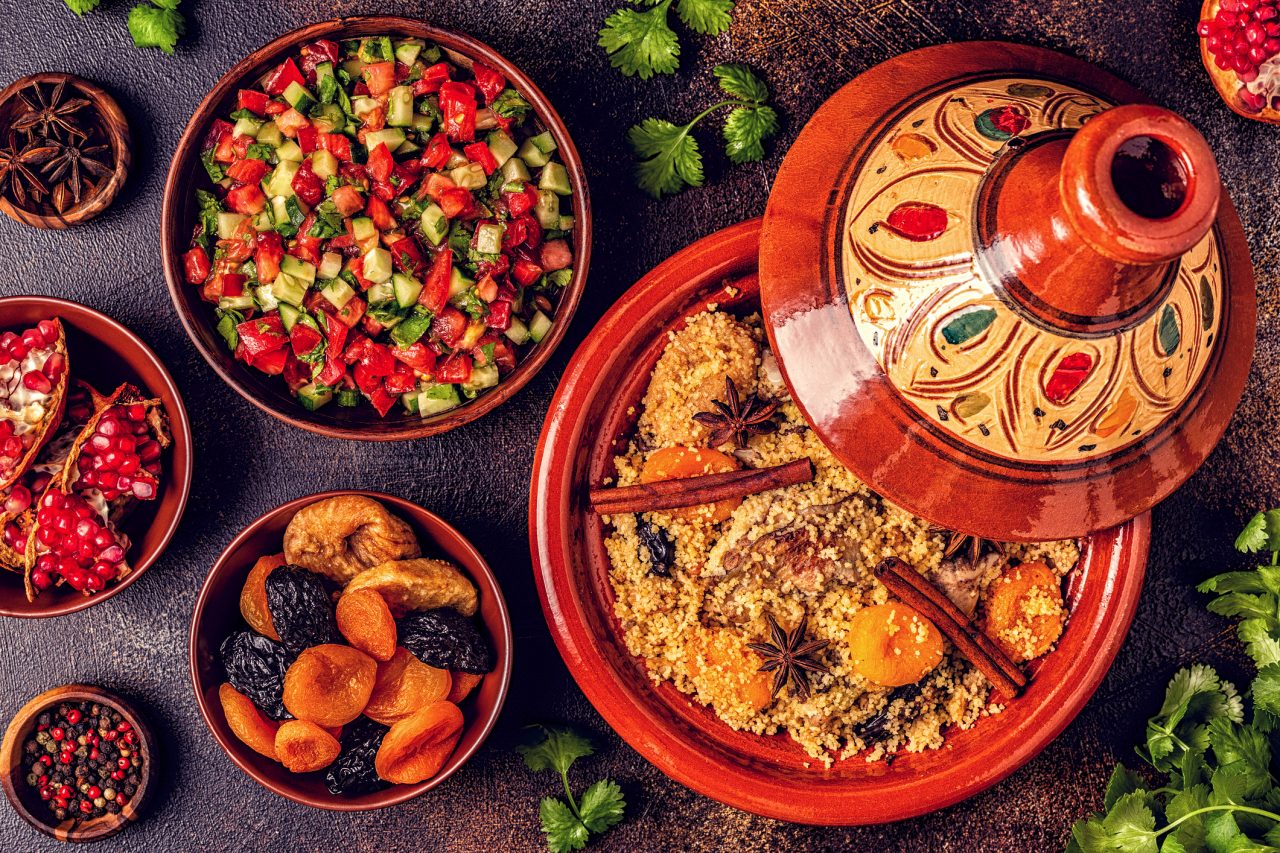
Tradisjonsmat
Hindu food traditions
What one can and cannot eat varies within the different sects of Hinduism. Many Hindus are vegetarian, but in general Hindus can also eat meat. For those who do eat meat, they prefer the animals to be slaughtered quickly (jhatka), as they believe this causes less pain for the animal.
In Hinduism, family is highly valued, and the meals are an important factor in bringing the family together.
Some Hindus fast, which means not eating food for a longer period of time, or on special days of the week. All in all, food plays an important role for Hindus all over the world.
In India, close to 80 percent of the population are Hindu, and Indian cuisine plays an important role in traditions.
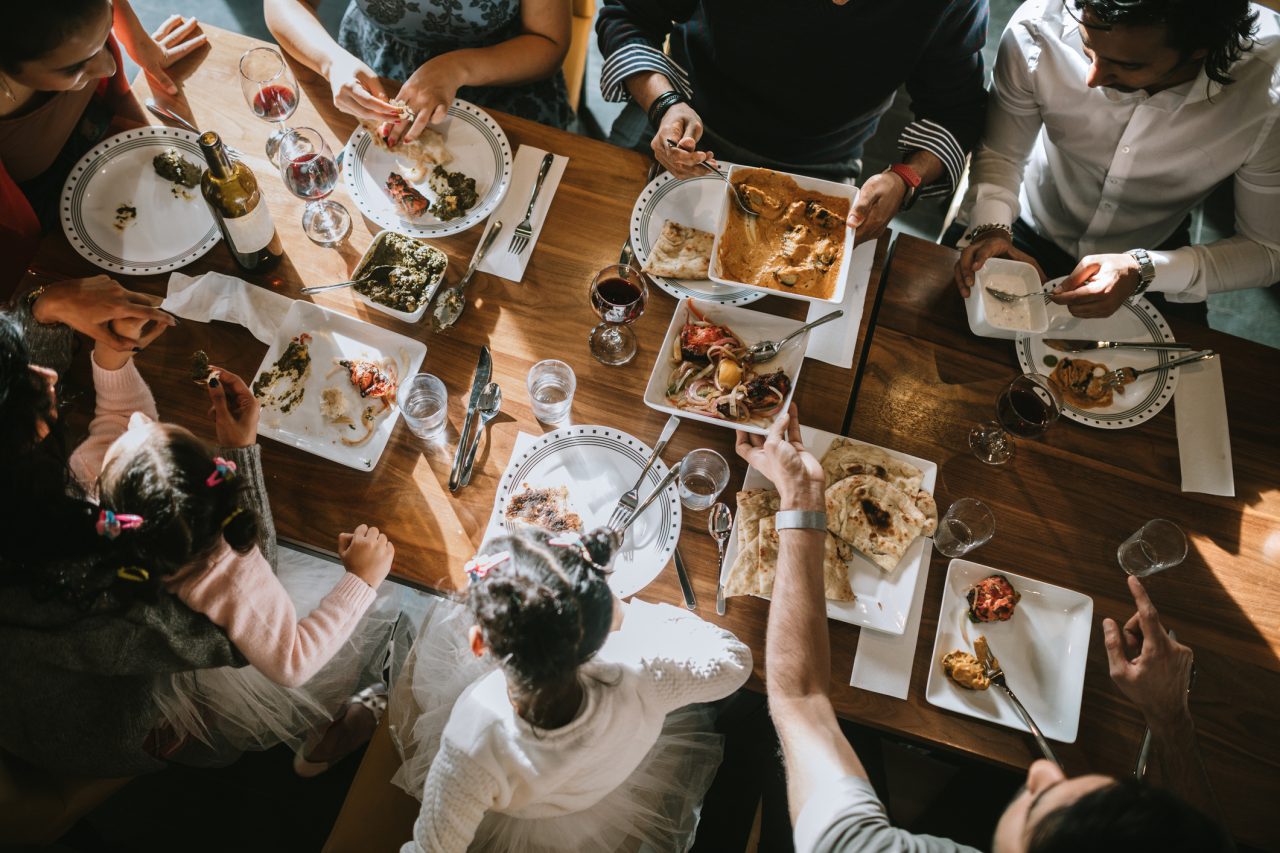
Indisk måltid
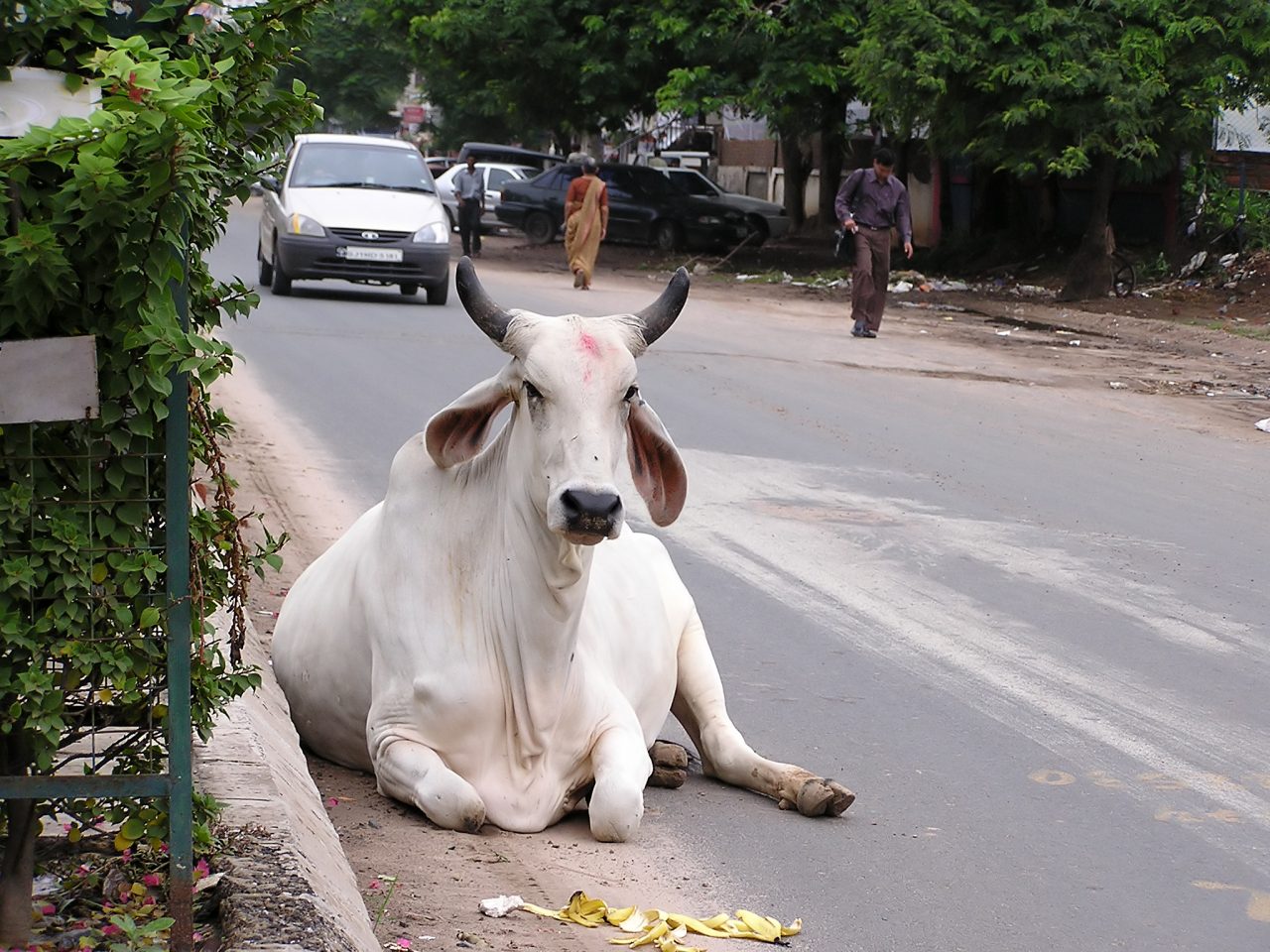
Indisk hellig ku
Islamic food traditions
Islam is the largest religion accross a very large area that stretches from Morocco in the west to Bangladesh in the east, from Albania in the north and to Zanzibar in the south. It goes without saying that not everyone in these areas follows the same rules when it comes to food.
But, there are some shared rules when it comes to cooking. Eating blood is forbidden, as is pork or any animal that died naturally. The forbidden food is called Haram, while Halal means food that is allowed. Meats that you can eat are lamb, beef and chicken.
Ramadan is the Muslim month of fasting. This means that there is no eating from sunrise until sunset. When Ramadan comes to an end, there is a celebration which is called Eid al-Fitr.
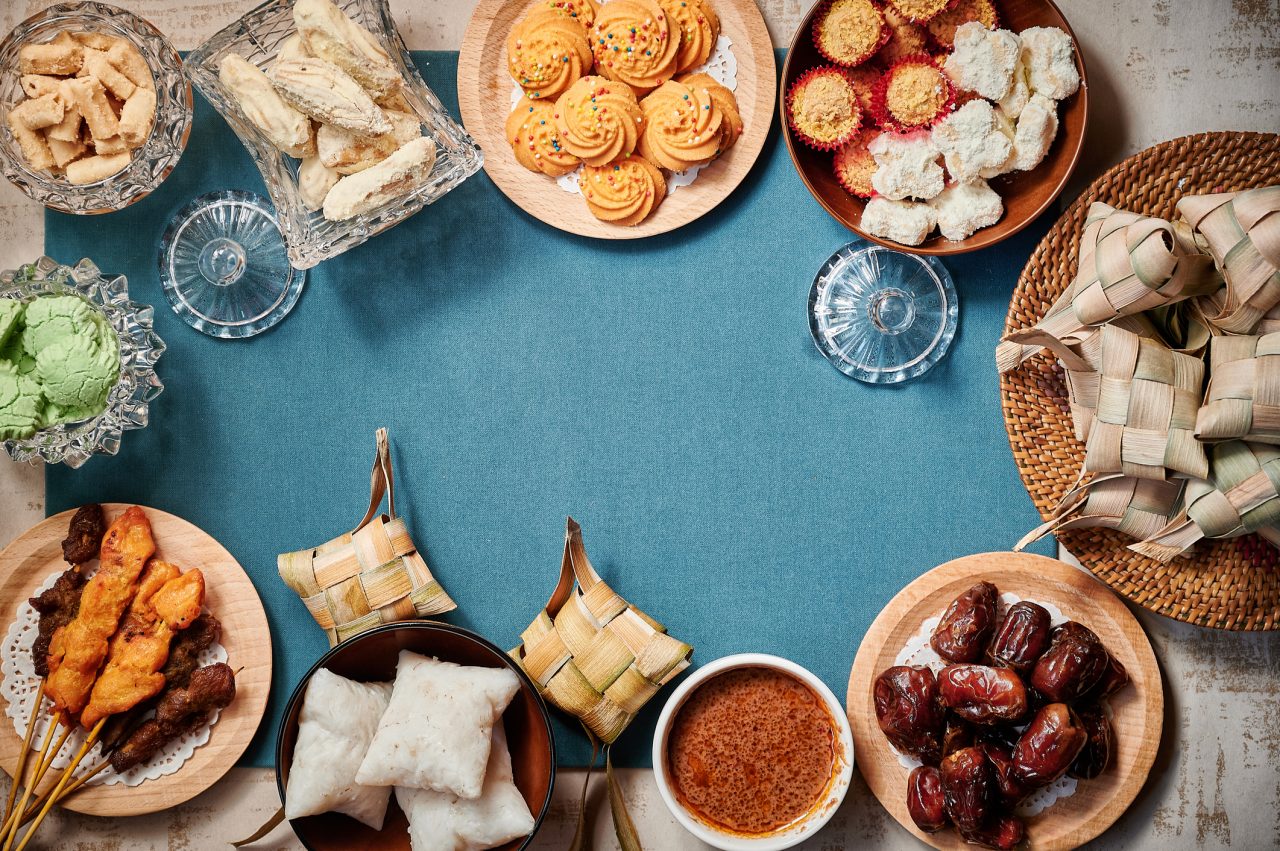
Islamsk mat

Halal
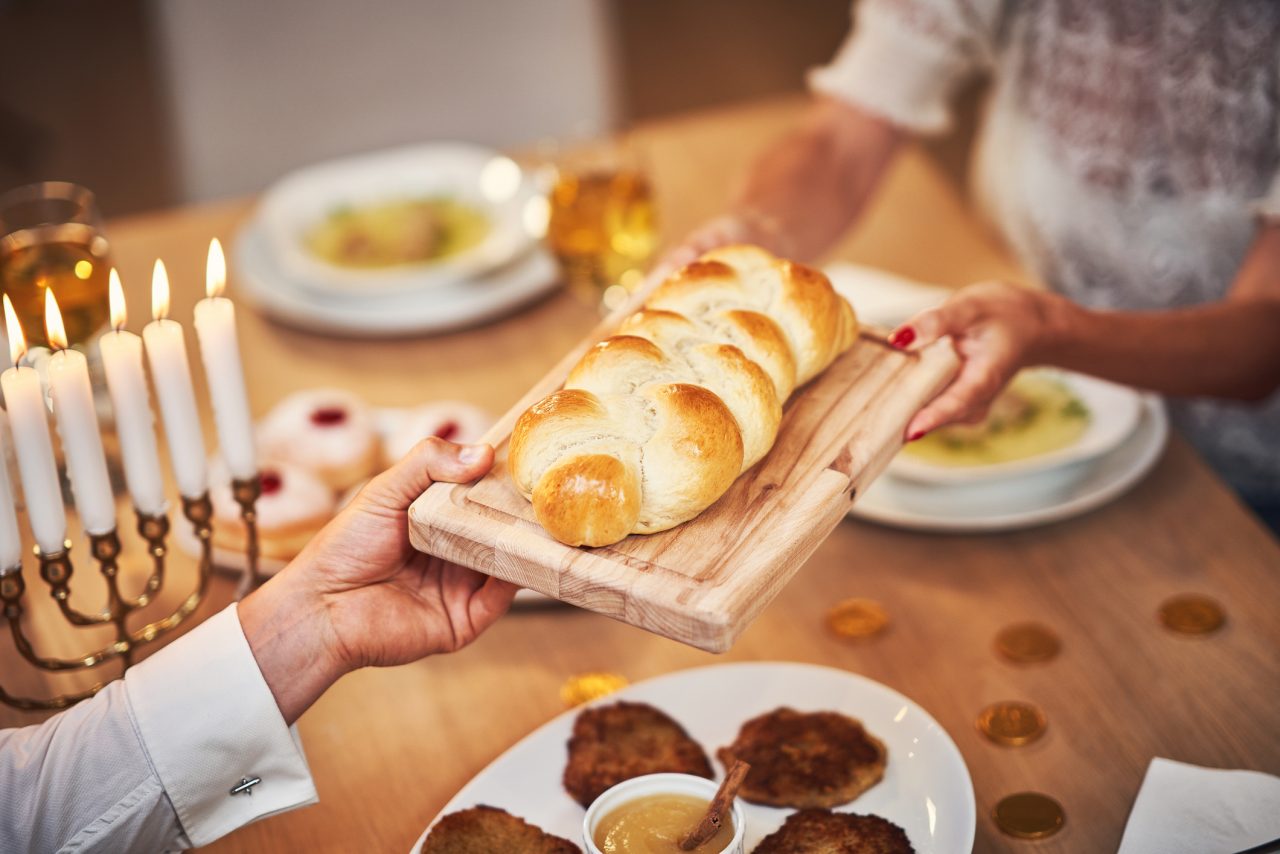
Jødisk mat
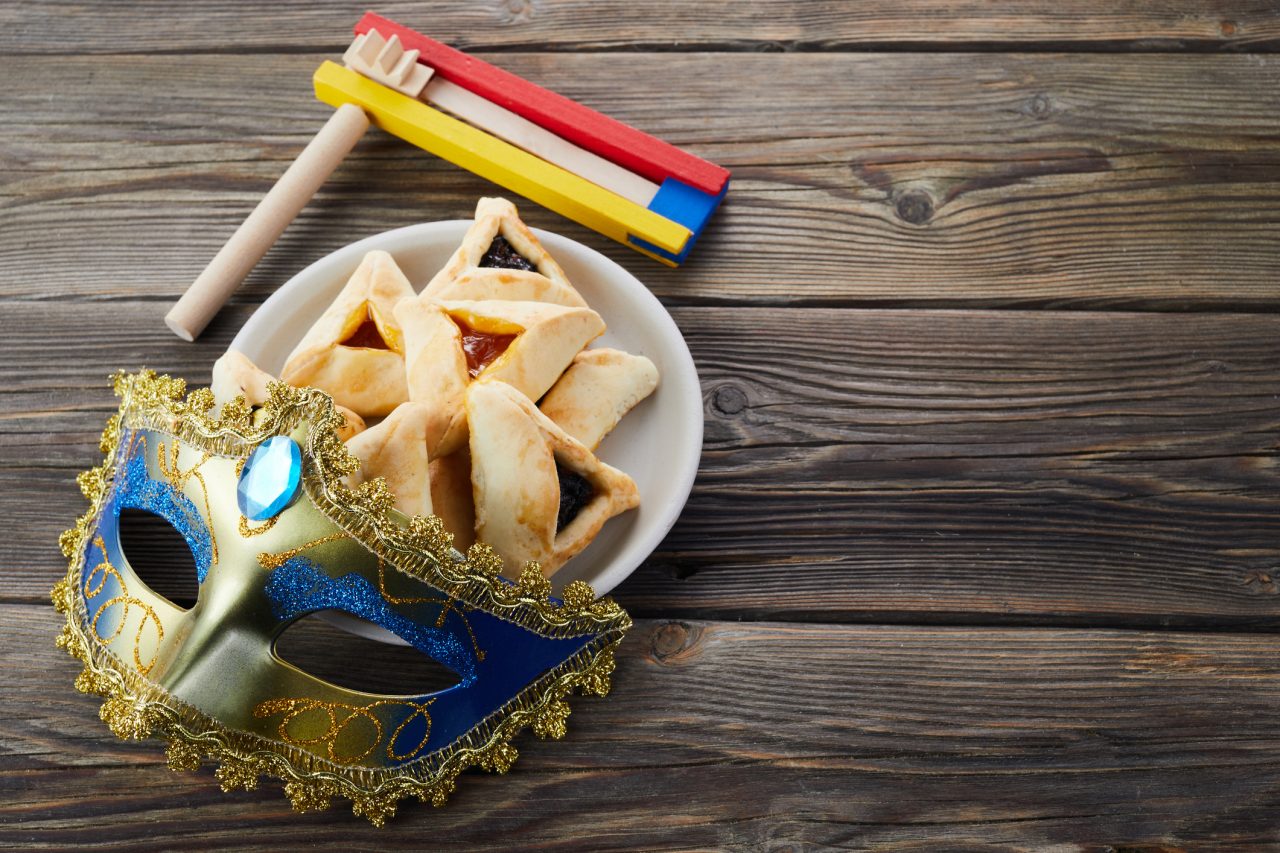
Purim

Buddhistisk munk
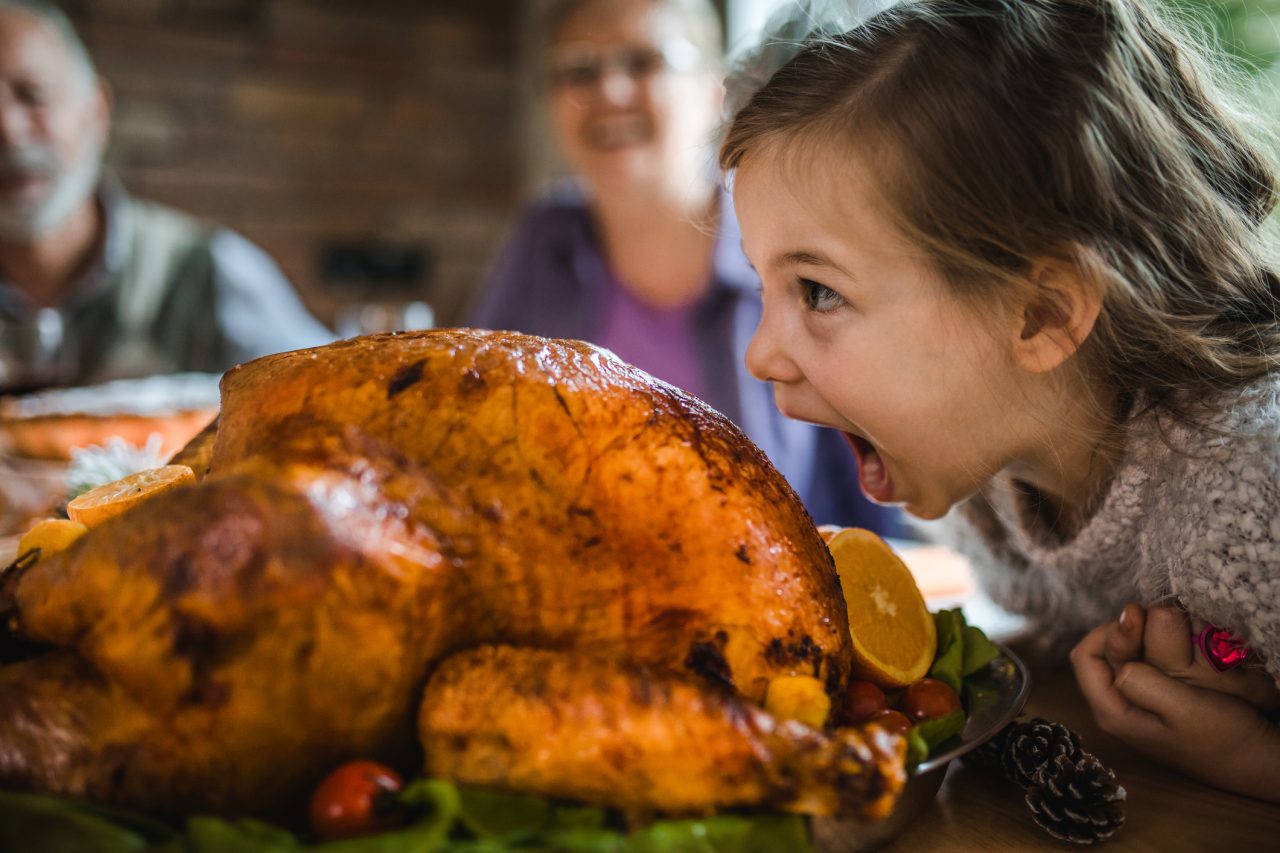
Barn spiser kalkun
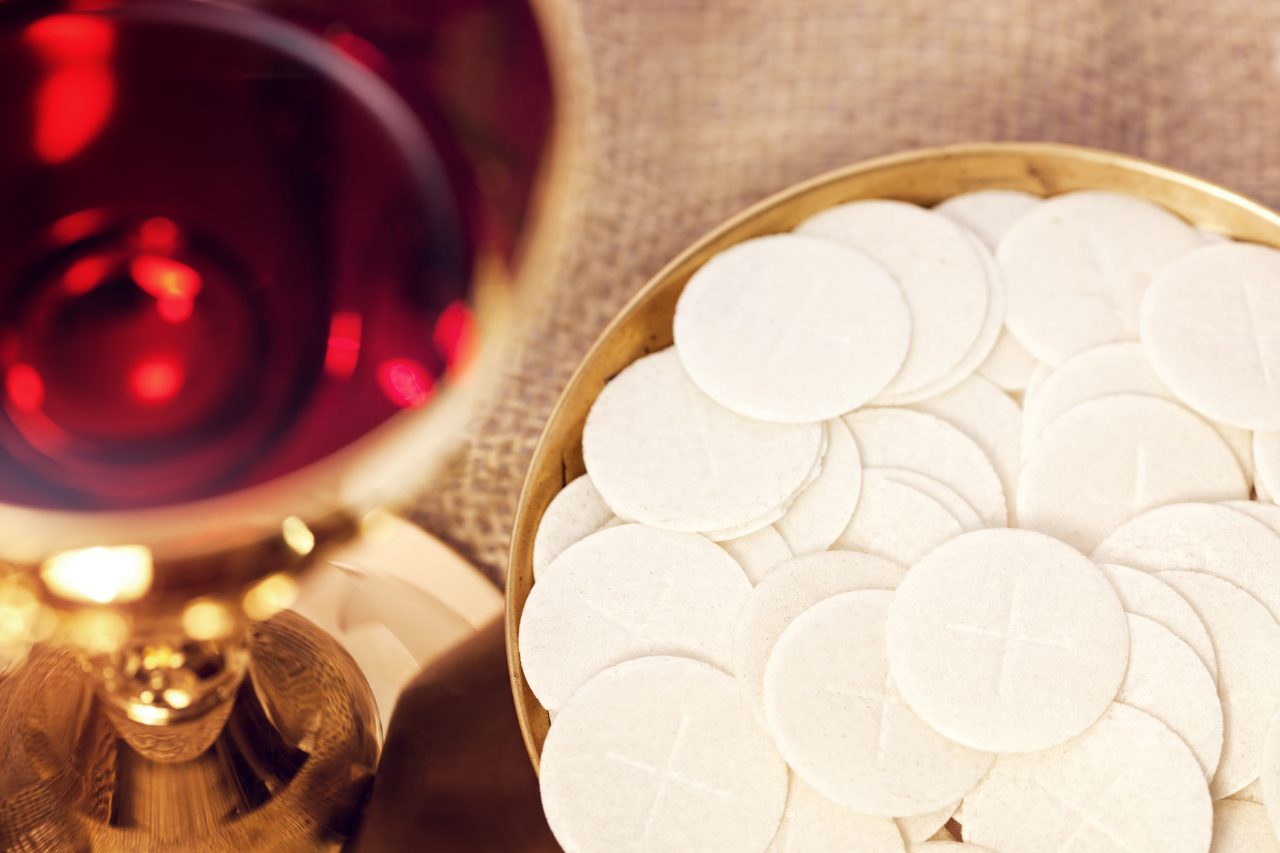
Nattverd
Media rights:
-
Getty Images
-
Getty Images
-
Getty Images
-
Getty Images
-
Getty Images
-
Getty Images
-
Getty Images
-
Getty Images
-
Getty Images
-
Getty Images
-
Getty Images

